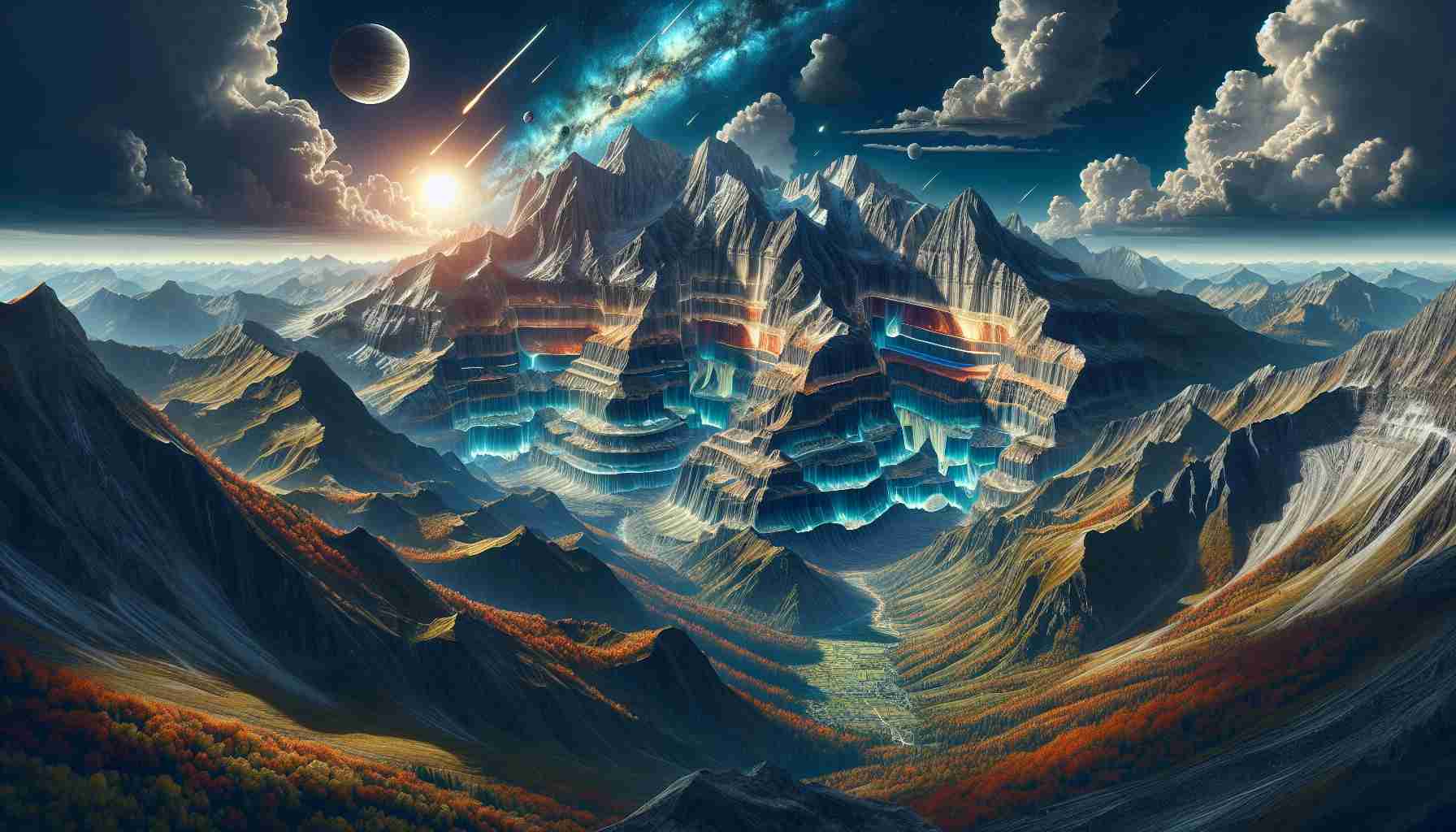- Lithospheric foundering is a geological process reshaping the Earth’s crust.
- Seismic data reveals a thick layer of splitting rocks at depths of 25 to 43 miles.
- Yosemite National Park is a key area showing active geological transformation.
- Deep earthquakes provide evidence of significant subterranean activity.
- Similar geological phenomena may be happening globally, not just in the Sierra Nevada.
- The Earth’s crust is continuously evolving, often without visible signs on the surface.
- This dynamic process highlights the hidden forces shaping our landscapes.
Beneath the breathtaking Sierra Nevada mountains in California lies a hidden world in constant transformation. This remarkable geological phenomenon, known as lithospheric foundering, is reshaping the Earth’s crust as lighter ancient materials separate from heavier ones, contributing to the intricate tapestry of our planet’s continental crust.
A study that spanned nearly four decades has revealed astonishing seismic data, uncovering a thick layer of splitting rocks at depths of 25 to 43 miles beneath the surface. The regions around Yosemite National Park are particularly active, where geological changes are vividly unfolding, and small, deep earthquakes hint at the incredible processes occurring just out of sight.
Imagine casting your line into pristine waters, entirely oblivious to the dramatic activity below. While the surface remains undisturbed—no cracks or tremors to signal the upheaval—these deep earthquakes serve as a reminder that the Earth is alive and ever-evolving.
Importantly, this geological ballet isn’t confined to the Sierra Nevada alone; similar processes could be occurring across the globe, from New Zealand to Turkey. The key takeaway? The Earth’s crust is a dynamic masterpiece, continuously reshaping itself in ways we can barely comprehend.
As we stand on familiar landscapes, let’s remember the extraordinary forces at play beneath our feet. The next time you gaze at the majestic mountains, think of the hidden dramas unfolding below, sculpting the world as we know it.
Unveiling the Secrets of the Earth: The Astonishing Role of Lithospheric Foundering
Geological phenomena are often hidden from our view, yet they profoundly shape our planet. One such process is known as lithospheric foundering, which is happening beneath the picturesque Sierra Nevada mountains in California. This transformative event involves the separation of lighter ancient materials from heavier ones, significantly impacting the Earth’s crust and contributing to its complex structure.
New Insights into Lithospheric Foundering
Recent studies spanning nearly four decades have uncovered extensive seismic data that reveals a thick layer of brittle rocks situated 25 to 43 miles below the Sierra Nevada region. Areas surrounding Yosemite National Park are especially active, showcasing dramatic geological changes, evidenced by small yet deep earthquakes indicating the ongoing natural processes occurring beneath the pristine surface.
Related Rich Snippets
– How-to Understand the Effects of Lithospheric Foundering: Recognizing the signs of geological movements and understanding their implications on surroundings can aid in preparedness for natural events.
– Pros and Cons of Geological Activity:
– Pros: Contributes to the creation of unique landscapes, enriches biodiversity, and can lead to natural resources discovery.
– Cons: May induce natural disasters such as earthquakes and landslides, affecting human environments and safety.
– Market Forecasts in Geological Research: As research advancements continue, the geological study market is forecasted to grow, driven by the need for disaster preparedness and resource management.
Important Questions Answered
1. What is lithospheric foundering, and why is it important?
– Lithospheric foundering refers to the process by which lighter materials separate from heavier ones within the Earth’s crust. It is crucial as it plays a significant role in shaping landscapes, affecting seismic activity, and understanding Earth’s geological history.
2. Are there other regions experiencing similar geological activities?
– Yes, regions across the globe—including places like New Zealand and Turkey—are likely undergoing similar lithospheric processes, signifying that the Earth’s crust is dynamic and constantly evolving.
3. What are the implications of deep earthquakes inferred from these studies?
– The deep earthquakes serve as indicators of ongoing geological processes, highlighting the need for monitoring these activities to better understand potential hazards and the overall health of our planet’s structure.
Conclusion
As we marvel at the beauty of mountains and landscapes, it’s essential to acknowledge the unseen forces shaping them. The mystery of lithospheric foundering presents both challenges and opportunities for understanding our planet’s geological narrative.
For more insights and updates on earth sciences, visit NASA and USGS.
